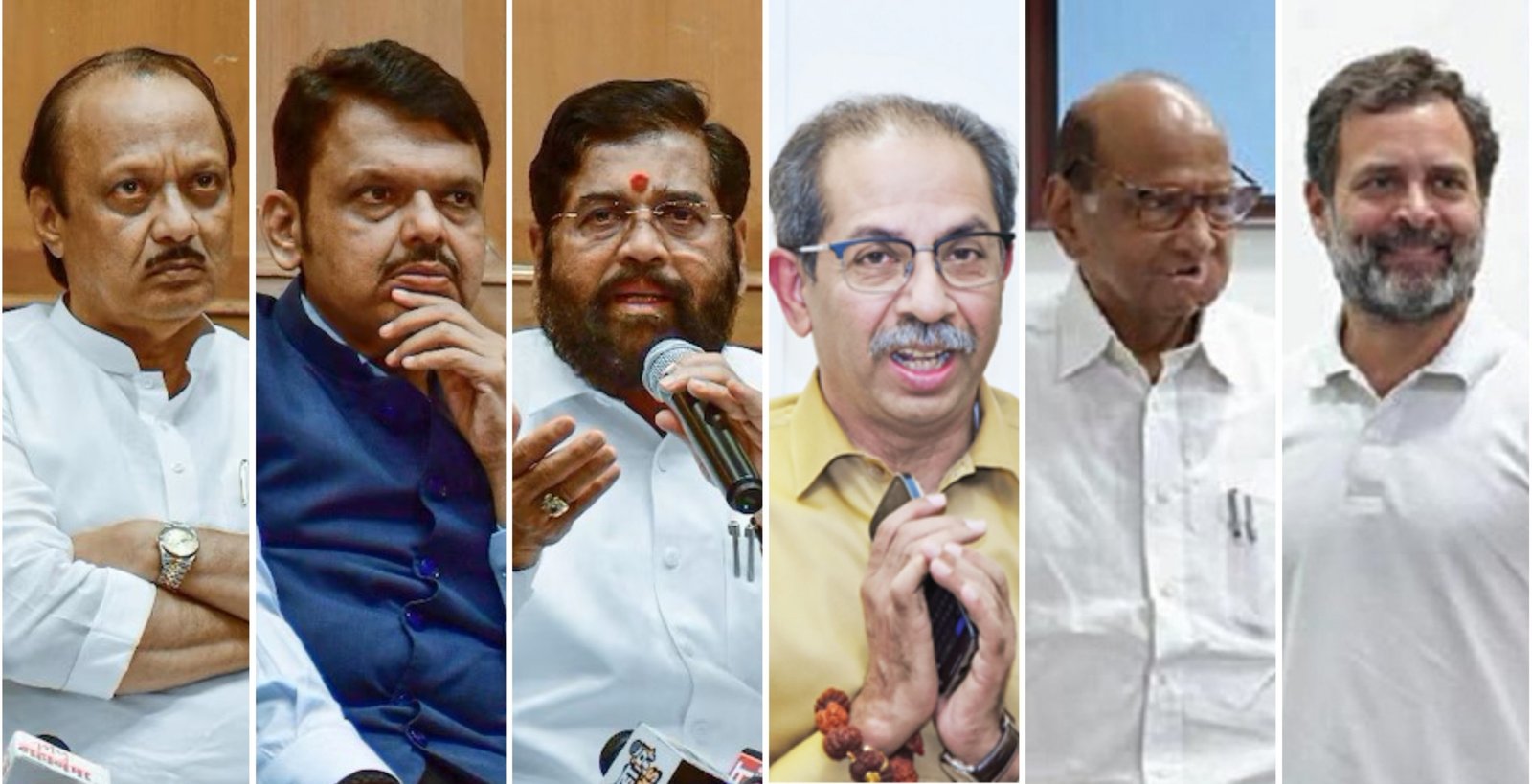India needs to be more proactive on climate change remedial actions
- Venkatesh Raghavan
- Dec 06, 2020

Oceans reaching new temperatures and the spreading of deserts across the globe are causes of grave concern as this, as the United Nations Secretary-General António Guterrres reaffirmed recently, is the direct result of humanity’s mishandling of the environment world over.
This paves a curtain-raiser for the strategies to be adopted in the forthcoming decade on a global scale for combatting the climate change menace. While Guterres stressed that though there is a right thing happening for the wrong reasons, namely reduced rate of rise in carbon emissions owing to the shutdown caused by the COVID-19 pandemic, it should be borne in mind that the greenhouse gases emission is still on the rise.
Hence, there is a great challenge in hand as the world enters year 2021 that marks the beginning of implementation of the Paris Agreement on climate change, to enhance the implementation of the United Nations Framework Convention on Climate Change (UNFCCC). The objective of the UNFCCC is to achieve stabilisation of greenhouse gas concentrations in the atmosphere at a level that would prevent dangerous anthropogenic interference with the climate system.
Examining the patterns that have emerged so far on the global front, it can be clearly stated that the nations of the world must explore means of adopting green technologies that are sustainable both growth wise and also contribute to maintaining a green environment. This summarised viewpoint serves as an indicator of trends to be, especially for developing nations like India, where major corporate houses like Birla and Reliance are pursuing green technologies in their textile division.
To pick up threads from the previous summit on climate change, the Paris convention of 2016 came in the midst of India unable to generate more than a lukewarm response to the global environment related issue and high reluctance on part of successive governments at the Centre to expedite or fast track matters as it warranted a huge infusion of funds.
The summit ended with no direct ominous portend to the growth agenda of the developing economies. It stated that countries should earmark a portion of their reserves for combating climate change and be able to control the rise in temperatures to less than 2 degrees. It mentioned that though there were no specific standardised targets, each country was to indicate and put on record how much has been done to achieve the goal and in what way they are going to improve on the work done in the succeeding year.
The tale of triggering this climate change effort began way back in 2008 with the setting up of a National Action Plan on Climate Change (NAPCC). India’s nascent efforts were partnered by 10 other countries who set in place a national policy to combat the climate change issue.
However, over the years, India’s vulnerability to climate change has increased and it now ranks as the 12th most susceptible country to suffer the impacts of this phenomenon. The erratic climate pattern over the years has caused upward of 3500 deaths every year in India. The bad news is if India fails to invest adequately, the impact of climate change might cost the nations in trillions of dollars.
As a prelude to the Madrid Summit on Climate change last year, the Indian cabinet committee came out with a concrete proposal of significantly increasing the quantum of use of renewable energy, a large chunk of it being contributed by solar energy and also making a concerted effort to reduce the carbon footprints or emissions. In addition, the government also decided to put in place measures that help implement water conservation, storage and increasing participation from all states in rain harvesting.
The achievable targets till the Madrid summit were slated to be significantly measurable by the year 2025. The process of preparation for combating the menace was already in place in China by late 2007, rendering India the sole nation under the category of big developing economies to adopt concrete measures in the direction. This was in the preceding phase of the G8 summit that took place in Tokyo in 2008. Picking up threads after the current National Democratic Alliance government came into the scene in 2014, the Prime Minister’s Council of Climate Change (PMCCC) announced a slew of new schemes to take care of the climate change debacle. In the subsequent years, the government started backing increasing use of solar power, granting subsidies to industrial units for their initial capital investment to assist in the setting up of infrastructure for the solar grids to be operational.
The government’s approach towards strengthening the presence of renewable energy also largely constituted the support it offered to Textile units, meaning power looms and MSME units (Micro Small and Medium Industries) which together form the backbone of India’s labour-intensive industrial sector. However, there was a complaint from the ministry sources that the response to the government move to enhance the participation of industrial units in employing renewable energy resources was not very encouraging.
However, India’s present purported plan of opening up dense forest for coal mining is nothing, but a planned disaster. It actually violated India’s commitment given in the Paris Climate Deal as not only we are going to burn more coal but also clearing such forests which are a sink for Carbon DiOxide.
The 2020 Production Gap Report published in collaboration with the United Nations Environment Programme (UNEP) in December, to measure the gap between Paris Agreement goals and countries’ planned production of coal, oil, and gas, notes that the “production gap” remains large. “Countries plan to produce more than double the amount of fossil fuels in 2030 than would be consistent with a 1.5°C temperature limit,” it states. This indeed is not an encouraging signal at a time when, as research shows, the world needs to decrease production by 6% per year to limit global warming to 1.5°C.
It now remains to be seen on what scale the nations including India plan to boost the proactive participation of developed and developing countries in combating climate change, even as the Indian team has made the pitch that there should be a proportional balance between objectives for growth and environment conservation. As it is, the UN Secretary-General is urging governments to take at least six climate-positive actions also to recover better from the COVID-19 pandemic — investing in green jobs; no bailouts for polluting industries; ending fossil-fuel subsidies; taking climate risks into account in all financial and policy decisions; working together; and most importantly, leave no one behind. However, the latest climate change summit that took place in Madrid last year, came to a disappointing end with many countries including Brazil, India, Russia, Saudi Arabia and the United States blocking any move to substantially curtail carbon footprints. The high point was that the European Union decided to enter into a green treaty across the nations owing allegiance to the Union.











Reporter
Venkatesh, Venky to his friends is our Consulting Editor. He is one of the most senior journalist in the field, with over three decades of experience in some of the top media houses. He keeps a keen eye on current affairs across the world.
View Reporter News